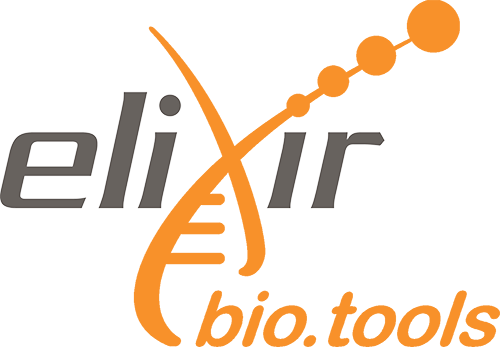e-learning
Using the VGP workflows to assemble a vertebrate genome with HiFi and Hi-C data
Abstract
The Vertebrate Genome Project (VGP), a project of the Genome 10K (G10K) Consortium, aims to generate high-quality, near error-free, gap-free, chromosome-level, haplotype-phased, annotated reference genome assemblies for every vertebrate species. The VGP has developed a fully automated de-novo genome assembly pipeline, which uses a combination of three different technologies: Pacbio high fidelity reads (HiFi), all-versus-all chromatin conformation capture (Hi-C) data, and (optionally) Bionano optical map data. The pipeline consists of nine distinct workflows. This tutorial provides a quick example of how to run these workflows for one particular scenario, which is, based on our experience, the most common: assembling genomes using HiFi Reads combined with Hi-C data (both generated from the same individual).
About This Material
This is a Hands-on Tutorial from the GTN which is usable either for individual self-study, or as a teaching material in a classroom.
Questions this will address
- What combination of tools can produce the highest quality assembly of vertebrate genomes?
- How can we evaluate how good it is?
Learning Objectives
- Learn the tools necessary to perform a de novo assembly of a vertebrate genome
- Evaluate the quality of the assembly
Licence: Creative Commons Attribution 4.0 International
Keywords: Assembly, VGP, biodiversity, eukaryote, pacbio
Target audience: Students
Resource type: e-learning
Version: 26
Status: Active
Prerequisites:
- Introduction to Galaxy Analyses
- Quality Control
Learning objectives:
- Learn the tools necessary to perform a de novo assembly of a vertebrate genome
- Evaluate the quality of the assembly
Date modified: 2025-09-09
Date published: 2022-04-06
Contributors: Anna Syme, Anton Nekrutenko, Björn Grüning, Bérénice Batut, Cristóbal Gallardo, Delphine Lariviere, Helena Rasche, Linelle Abueg, Saim Momin, Saskia Hiltemann, Teresa Müller
Scientific topics: Sequence assembly, Chromosome conformation capture
Activity log


